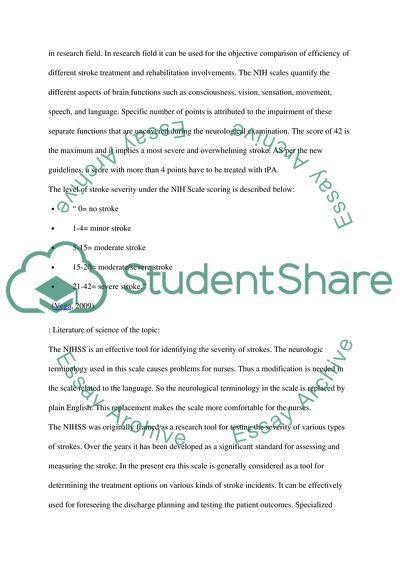Cite this document
(“The National Institute Stroke Scale Research Paper”, n.d.)
The National Institute Stroke Scale Research Paper. Retrieved from https://studentshare.org/health-sciences-medicine/1555533-the-topic-i-chose-is-the-national-institute-stroke-scale
The National Institute Stroke Scale Research Paper. Retrieved from https://studentshare.org/health-sciences-medicine/1555533-the-topic-i-chose-is-the-national-institute-stroke-scale
(The National Institute Stroke Scale Research Paper)
The National Institute Stroke Scale Research Paper. https://studentshare.org/health-sciences-medicine/1555533-the-topic-i-chose-is-the-national-institute-stroke-scale.
The National Institute Stroke Scale Research Paper. https://studentshare.org/health-sciences-medicine/1555533-the-topic-i-chose-is-the-national-institute-stroke-scale.
“The National Institute Stroke Scale Research Paper”, n.d. https://studentshare.org/health-sciences-medicine/1555533-the-topic-i-chose-is-the-national-institute-stroke-scale.


